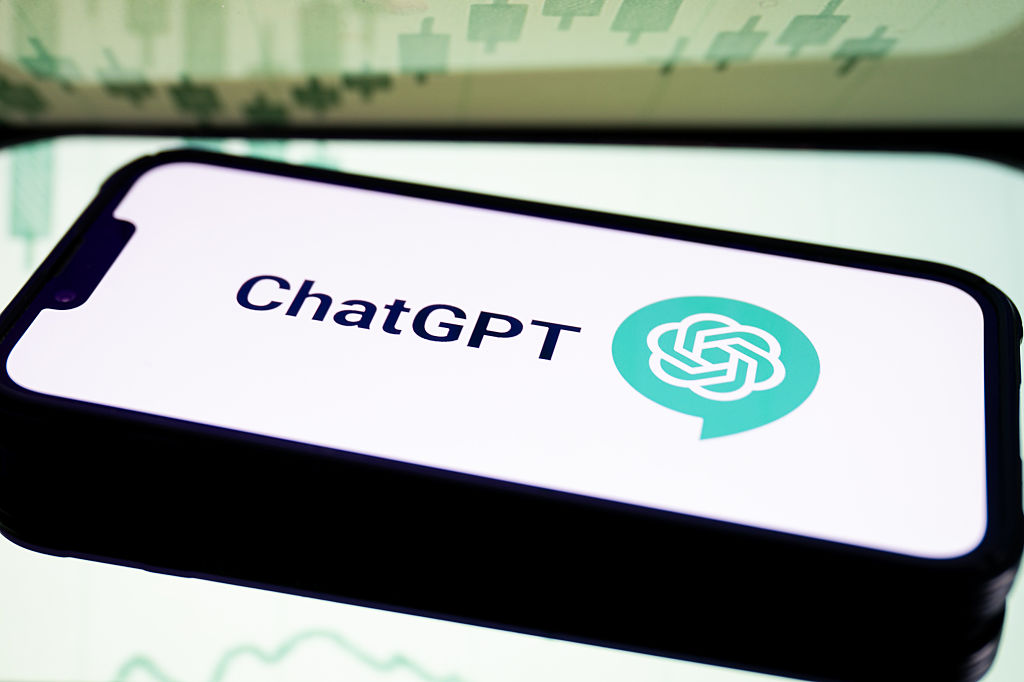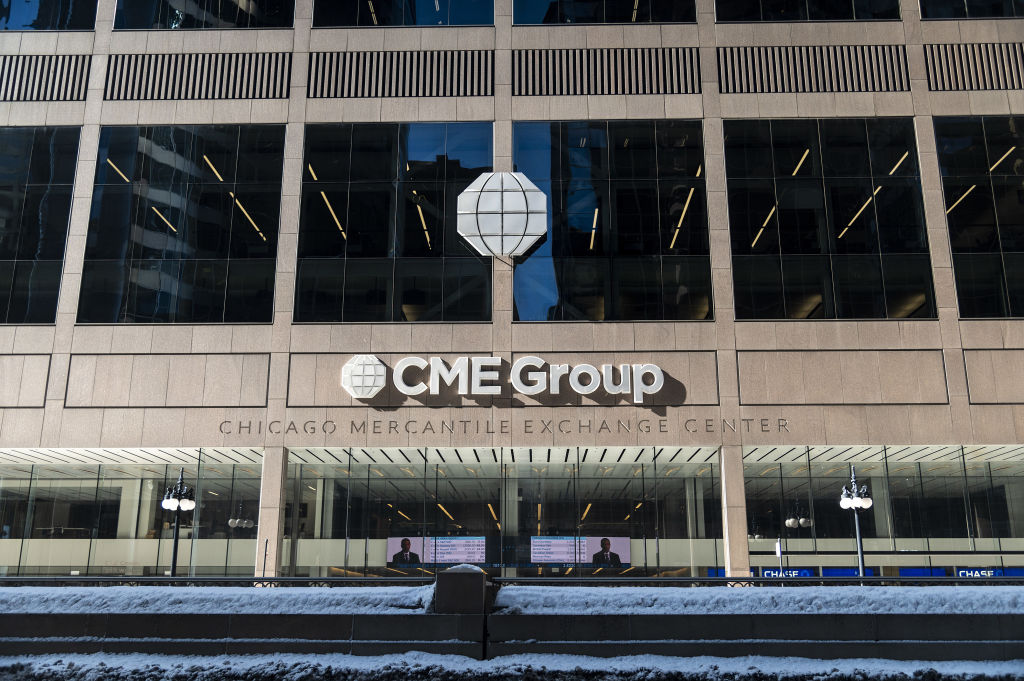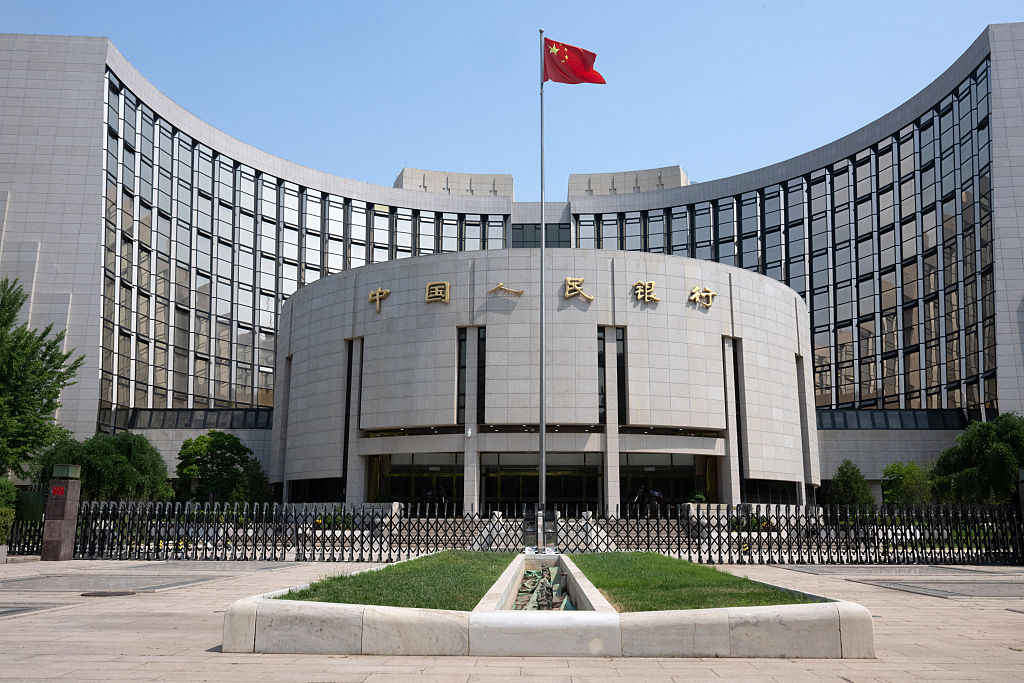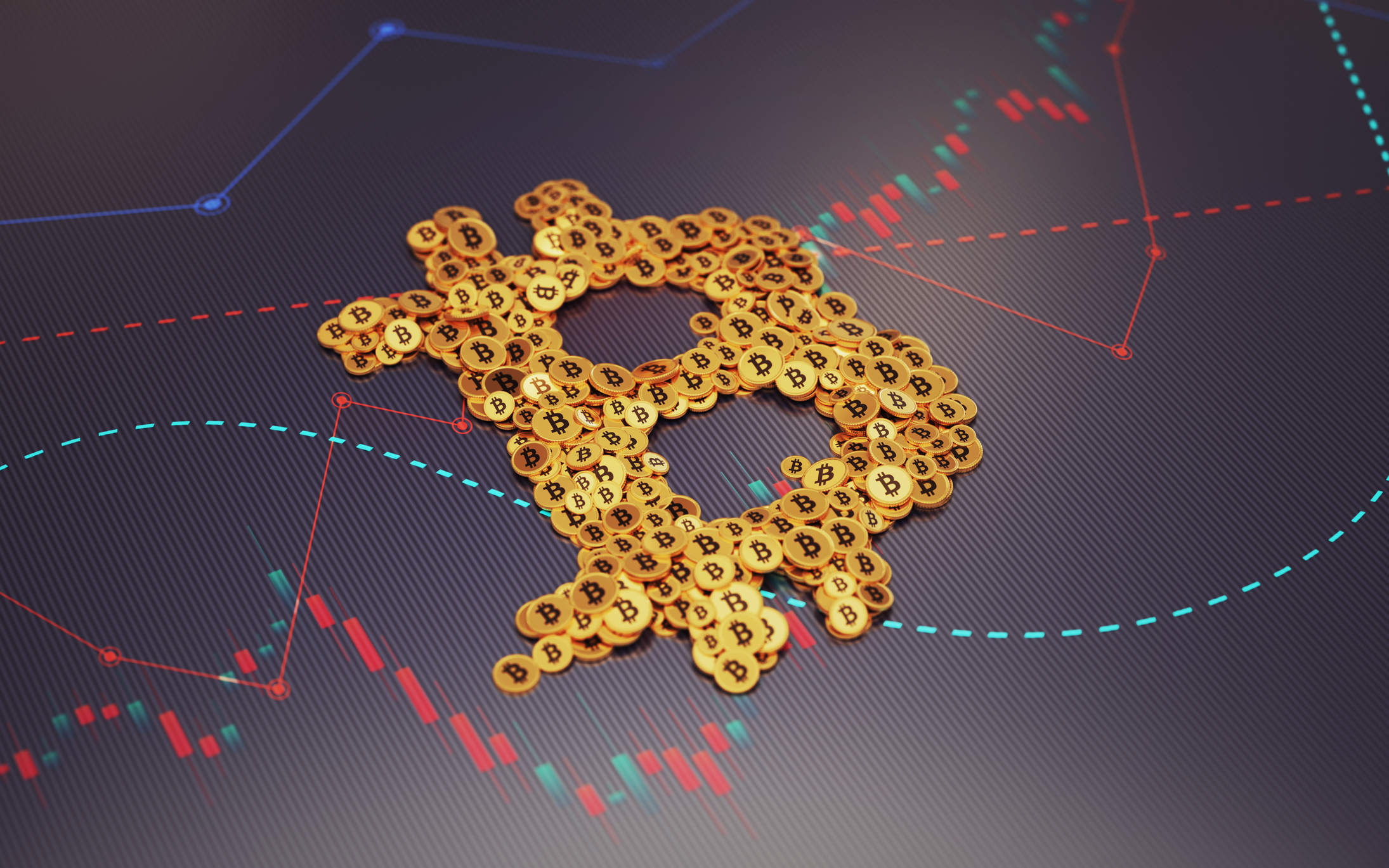DoorDash won't deliver for investors. Here's how to short it
American food-delivery app DoorDash can’t even make money in a pandemic. Matthew Partridge explains the best way to short it.


Last year was a good one for the US stockmarket: the benchmark S&P 500 index shrugged off the effects of Covid-19 and finished the year up by 16%. Technology stocks did even better thanks to constant money printing by the Federal Reserve; interest from first-time investors using “free” trading apps, such as Robinhood; and a belief that the pandemic would result in major economic changes.
One tech stock that has done very well from this boom is the food-delivery app DoorDash (NYSE: DASH). It nearly doubled on its first day of trading in early December, rising to $190 from its initial price of $102. Even today it is trading at $156, a jump of 50%, giving the group a value of nearly $50bn.
However, as I’ve pointed out in the past, initial public offerings that soar on their first few days have a habit of doing very badly subsequently, and DoorDash is unlikely to prove an exception to the rule. Perhaps the biggest problem is that food delivery is an extremely competitive market with a huge array of firms all vying for the same customers. While DoorDash is currently the largest food-delivery company in the US, with just under 30% of the market, it faces stiff competition in the form of Uber Eats and Grubhub.
MoneyWeek
Subscribe to MoneyWeek today and get your first six magazine issues absolutely FREE

Sign up to Money Morning
Don't miss the latest investment and personal finances news, market analysis, plus money-saving tips with our free twice-daily newsletter
Don't miss the latest investment and personal finances news, market analysis, plus money-saving tips with our free twice-daily newsletter
There already signs that delivery apps are starting to engage in a price war in order to win market share. For example, last month Grubhub announced that it was abolishing customers’ fees. At the same time, restaurants are lobbying cities around the US to impose limits on the amount of money that delivery firms can charge them.
This has resulted in New York City temporarily capping restaurant fees at 20% until social-distancing restrictions on capacity are removed. California has also recently imposed rules that permanently prevent delivery apps offering delivery from a restaurant unless the owner has given explicit permission for it to do so. Many platforms have been listing restaurants they don’t have permission to deliver from to make their network appear more comprehensive than it is.
Running out of time
While the lockdown has given sales a massive boost, DoorDash still hasn’t been able to find a way to turn a consistent profit. This doesn’t bode well for what will happen when restrictions are lifted for good in a few months’ time and people ditch takeaways for in-person dining.
Despite this, DoorDash trades at 24 times 2020 sales, compared with only 16 times sales for Just Eat Takeaway (which owns Grubhub) and seven times for Uber. Domino’s Pizza, which has managed to make a lot of money from home delivery, trades on a price-to-sales ratio of just three. With DoorDash down by over 10% from its recent peak, there’s a good chance that the market is starting to sour on it. Seize the opportunity to short it at the current price of $173 at £16 per $1. Because of the volatility inherent in tech stocks, I suggest you cover your position at $233, which should give you a maximum downside of £960.
Trading techniques... five resolutions for 2021
In the last trading column, I talked about five lessons I’d learned from 2020. Here are some resolutions for 2021.
1. Produce more short ideas
Markets are at record highs, with prominent short-sellers wondering if short-selling has a future. As a contrarian, I think this suggests that the market is due a fall. While I have tried to maintain a balanced portfolio, I do tend to have slightly more longs than shorts.
2. Ensure that short tips have cooled off before tipping them
Seemingly overpriced shares can become even more expensive. It therefore makes sense to wait until they are at least 20% down from their 52-week high, or trading below their 50-day moving average, before betting that they will fall.
3. Make sure that long tips have positive momentum
Bargain hunting can be a winning strategy, but shares that have fallen can fall further before bottoming out. It is logical to wait until a share is either 20% above its 52-week low, or at least above its 50-day moving average.
4. Wait at least six months before revisiting a tip
As I noted at the end of last year, I got burned several times when I tried to revisit a company I had previously tipped (most notably in the case of International Consolidated Airlines Group). While there may be times when it is worth revisiting a tip, a six-month cooling-off period sounds sensible.
5. Settle on slightly looser stop-losses.
At present my typical initial stop-loss is equal to 25% lower than the initial price (for long tips), or 25% higher (for short tips). I’m going to increase this to 33% so that I get stopped out of positions less frequently.
How my tips have fared
My long tips have fared well in the last few weeks, with four of them rising. Media group ITV climbed to 110p, builder Bellway to 2,970p, transport company National Express to 258p and pub group Mitchells & Butlers to 238p.
The only exception was Norwegian Cruise Lines, which has fallen to $24.14. Overall, all five long positions are making money. They are earning a total of £4,936, up from £3,825 at the end of last year.
My short tips, however, have been a mixed bag, with three of them going in my favour but two of them rising. Online insurer eHealth slipped to $70.36 and online furniture retailer Wayfair fell too; it is now trading at $259. Social network Twitter is down to $48.
However, electric-truck company Nikola rose to $17.08, while online retailer Ocado is up to 2,478p. Overall, eHealth, Nikola and Wayfair continue to make money for this column, while Twitter and Ocado are losing it. My short tips are making net profits of £2,060, up slightly from £1,896 at the end of the year.
I have three positions that are older than six months (ITV, eHealth and Nikola), and they are all making money, so I won’t suggest that you close them.
This means that I have six short tips and five long tips, which is a good balance. However, I recommend that you increase the stop-losses on both National Express and Mitchells & Butler to 190p (from 180p) and Bellway to 2,750p (2,725p). I would also reduce the price at which you cover the eHealth short to $100 (from $110).
Get the latest financial news, insights and expert analysis from our award-winning MoneyWeek team, to help you understand what really matters when it comes to your finances.

-
 ChatGPT turns three: what’s next for the ‘AI era’?
ChatGPT turns three: what’s next for the ‘AI era’?Three years after its launch kickstarted the age of AI, ChatGPT and its maker OpenAI are driving the stock market. But concerns are growing over whether OpenAI will be able to turn its AI dominance into profit.
-
 What to do with old £1 coins
What to do with old £1 coinsThe old one pound coin was demonetised in 2017, but there are still millions out there in the UK. Here’s what to do if you find an old £1.
-
 Circle sets a new gold standard for cryptocurrencies
Circle sets a new gold standard for cryptocurrenciesCryptocurrencies have existed in a kind of financial Wild West. No longer – they are entering the mainstream, and US-listed Circle is ideally placed to benefit
-
 Profit from other investors’ trades with CME Group
Profit from other investors’ trades with CME GroupCME Group is one of the world’s largest exchanges, which gives it a significant competitive advantage
-
 Investors need to get ready for an age of uncertainty and upheaval
Investors need to get ready for an age of uncertainty and upheavalTectonic geopolitical and economic shifts are underway. Investors need to consider a range of tools when positioning portfolios to accommodate these changes
-
 How much gold does China have – and how to cash in
How much gold does China have – and how to cash inChina's gold reserves are vastly understated, says Dominic Frisby. So hold gold, overbought or not
-
 Debasing Wall Street's new debasement trade idea
Debasing Wall Street's new debasement trade ideaThe debasement trade is a catchy and plausible idea, but there’s no sign that markets are alarmed, says Cris Sholto Heaton
-
 Who is Rob Granieri, the mysterious billionaire leader of Jane Street?
Who is Rob Granieri, the mysterious billionaire leader of Jane Street?Profits at Jane Street have exploded, throwing billionaire Rob Granieri into the limelight. But it’s not just the firm’s success that is prompting scrutiny
-
 Beware the bubble in bitcoin treasury companies
Beware the bubble in bitcoin treasury companiesBitcoin treasury companies are no longer coining it. Short this one, says Matthew Partridge
-
 'EV maker Faraday Future will crash'
'EV maker Faraday Future will crash'Faraday Future Intelligent Electric is failing dismally to live up to its name, says Matthew Partridge